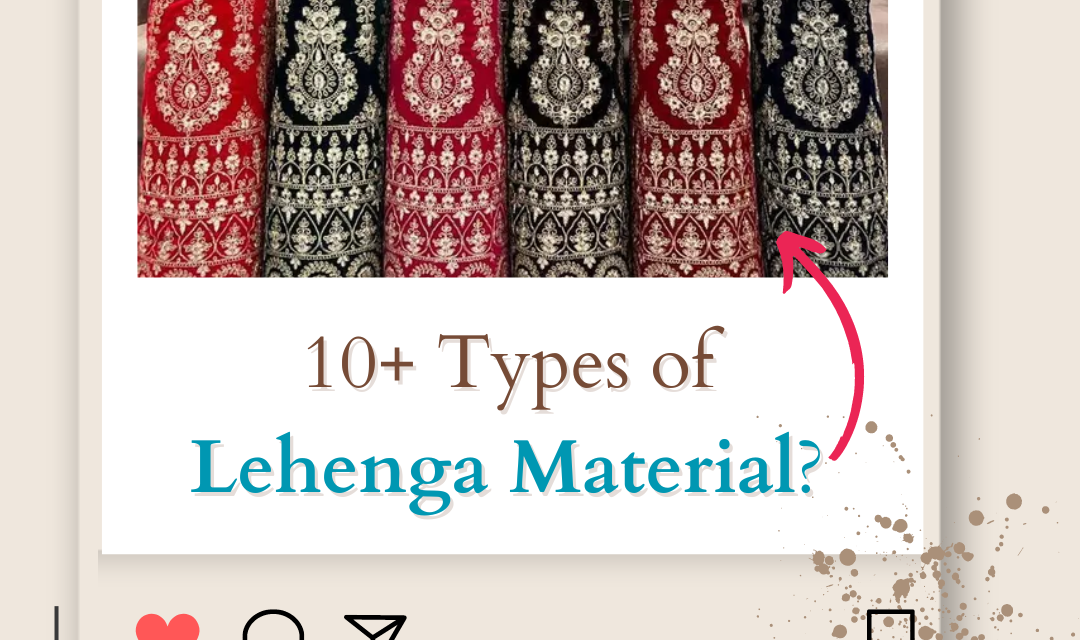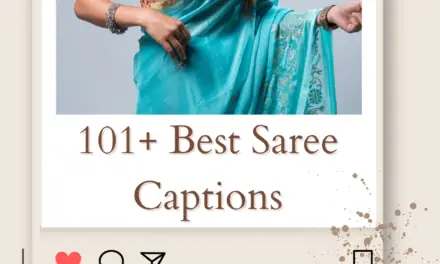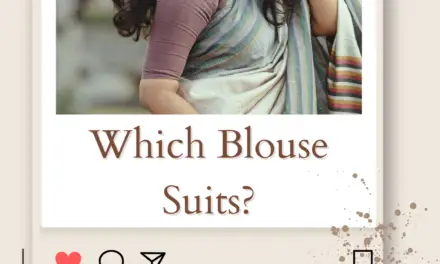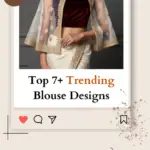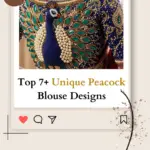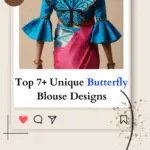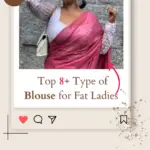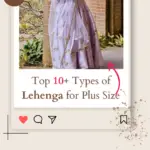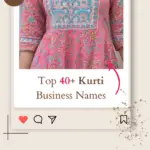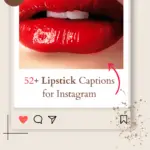What are the Different Types of Lehenga Material? The Lehenga, a dazzling three-piece ensemble, reigns supreme in the realm of Indian ceremonial attire. But its magic goes beyond the intricate designs and vibrant colors.
The fabric, the very foundation of this breathtaking outfit, plays a pivotal role in crafting its essence. Choosing the right material is vital, as it determines the look, feel, and drape of your lehenga, ultimately shaping your experience on that special day.
Note: Always Prefer a Branded lehenga & Branded Blouse for the perfect outfit. Know your Lehenga Size & measure your Dupatta Size before purchasing any lehenga material online. & importantly the Kurti Materials & Saree Material are completely different from Lehenga Materials.
Choosing the Perfect Fabric for Your Lehenga?
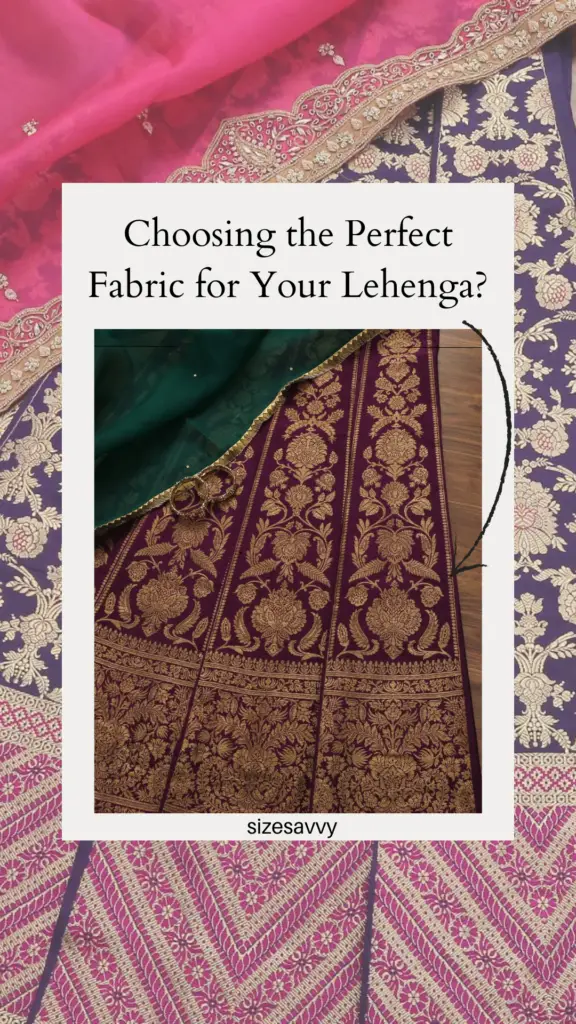
| Lehenga Fabrics | Lehenga Material Description | Lehenga Seasons | Lehenga Occasions | Lehenga Embellishments |
| Chiffon Lehenga | Flowy, transparent, delicate | Summer | Evenings, summer weddings | Lighter embroidery, scattered sequins |
| Georgette Lehenga | Similar to chiffon, slightly less transparent, textured | All seasons | Versatile | Embroidery, zardozi work |
| Net Lehenga | Lightweight, airy, often used for layering | All seasons | Can be formal or casual | Embroidery, applique work |
| Crepe Lehenga | Crinkled texture, comfortable, drapes well | All seasons | Versatile | Various embellishments |
| Silk Lehenga | Luxurious, soft, rich sheen, delicate | Cooler seasons | Formal occasions | Heavy embroidery, goldwork, precious stones |
| Velvet Lehenga | Rich, opulent, warm | Cooler seasons | Formal occasions | Delicate embroidery, applique work |
| Brocade Lehenga | Heavy, intricate woven patterns | All seasons | Formal occasions, traditional events | Minimal embellishments, possible subtle embroidery |
| Organza Lehenga | Lightweight, stiff, structured | All seasons | Can be formal or casual | Embroidery, layering with other fabrics |
| Tulle Lehenga | Similar to net, lightweight, airy | All seasons | Can be formal or casual | Embroidery, sequins, decorative elements |
| Jacquard Lehenga | Intricate woven patterns, sophisticated | Cooler seasons | Formal occasions | Minimal embellishments |
| Linen Lehenga | Breathable, natural, eco-friendly | Warmer seasons | Can be formal or casual | Limited embellishments |
| Faux Leather Lehenga | Bold, modern | All seasons | Pre-wedding functions, parties | Not recommended |
How Lehenga Fabric Meets Finesse
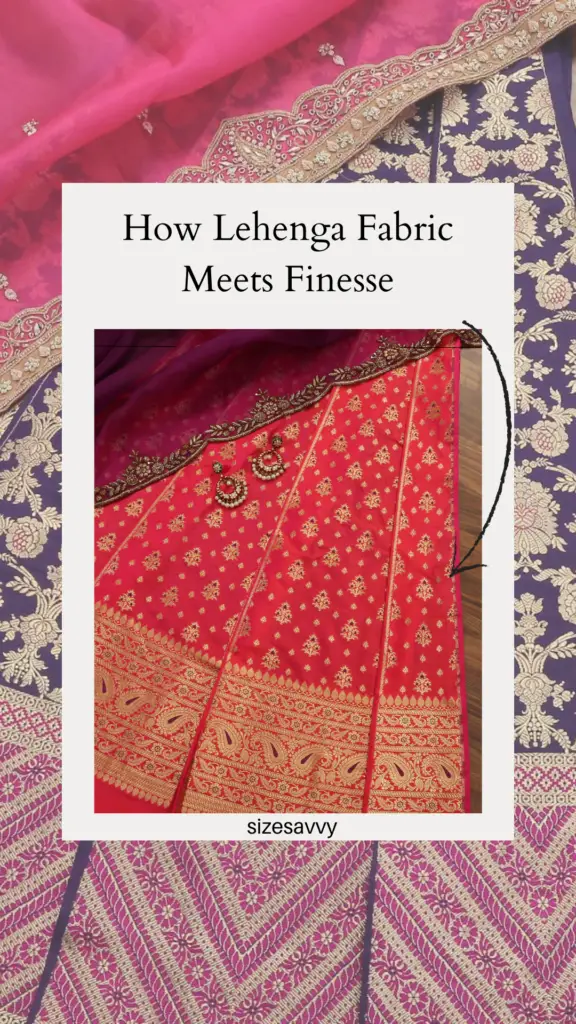
The beauty of a lehenga often lies in the intricate details that adorn it. The chosen fabric plays a crucial role in how these embellishments come to life.
- Chiffon’s delicate nature makes it ideal for lighter embellishments like delicate embroidery or scattered sequins.
- Georgette’s slightly sturdier structure can handle heavier embroidery and embellishments like zardozi work, while its textured surface adds depth and dimension to the details.
- Net, being a sheer fabric, readily showcases intricate embroidery or applique work, creating a stunning layered effect.
- Crepe’s textured surface provides a subtle backdrop for various embellishments, allowing them to stand out without overwhelming the look.
For Heavier Lehenga Fabrics Like:
- Silk: Grander embellishments like heavy embroidery, gold work, and even precious stones find their perfect canvas, creating a truly opulent look.
- Velvet: Delicate embroidery or applique work adds a touch of sophistication without compromising the fabric’s inherent richness.
- Brocade: The intricate woven patterns of the brocade fabric itself are often the star of the show, with minimal additional embellishments needed. However, subtle embroidery or zardozi work can further elevate the look.
Contemporary Lehenga Fabric Innovations
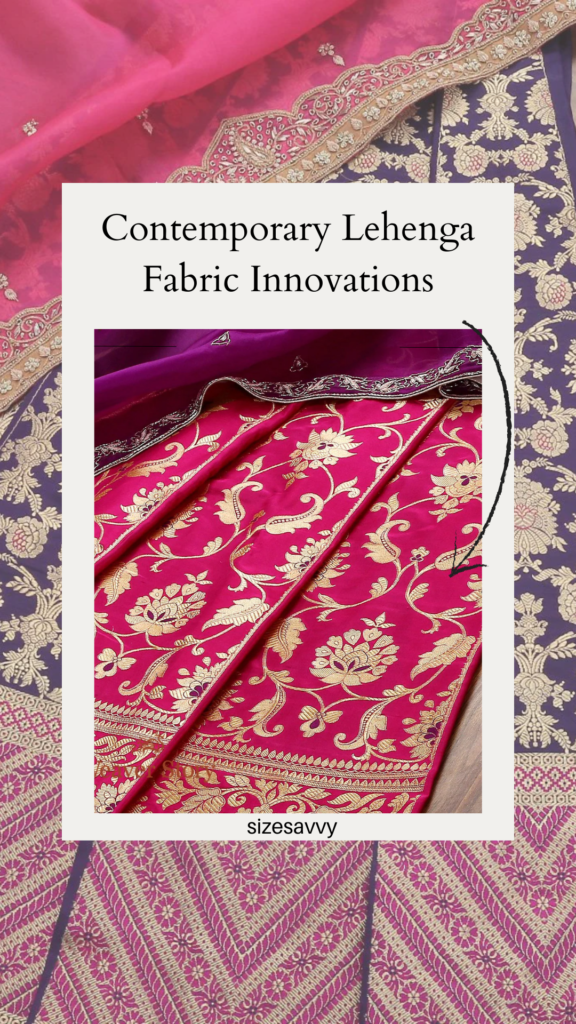
The world of lehenga fabrics is constantly evolving, embracing innovations and reinterpreting traditional materials. Here are a few exciting trends:
- Fusion fabrics: Blends of traditional fabrics like silk and cotton or georgette and net offer unique textures and drapes, allowing for creative experimentation.
- Sustainable fabrics: Eco-conscious brides can explore options like organic cotton or recycled materials, making a statement that is both stylish and responsible.
- Metallic fabrics: Fabrics woven with metallic threads add a touch of modern glamour, perfect for creating a statement lehenga for a special occasion.
Remember, the possibilities are endless! By understanding the unique properties of different fabrics and exploring contemporary trends, you can create a truly unforgettable lehenga that reflects your style and embodies the spirit of the occasion.
New Age Types of Lehenga Material
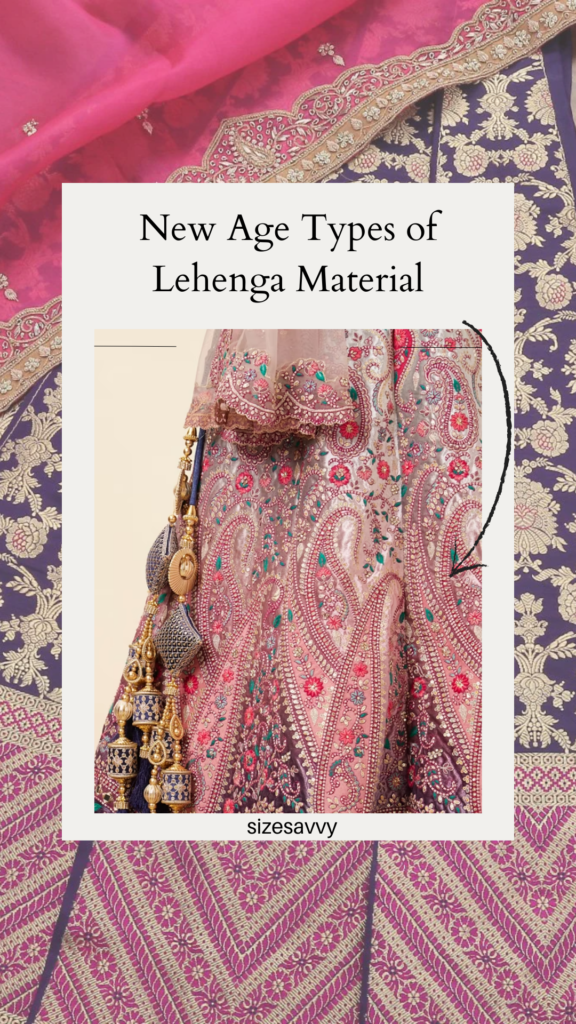
The world of fashion is ever-evolving, and the lehenga is no exception. Alongside the timeless classics, contemporary designers are experimenting with innovative materials, pushing the boundaries of style and comfort. Here are a few exciting new fabric options to consider:
- Organza: This lightweight, stiff fabric creates a structured silhouette and adds a touch of volume to the lehenga. Its sheer nature allows for layering with other fabrics or intricate embroidery for a visually stunning effect.
- Tulle: Similar to the net, tulle is a lightweight, airy fabric often used for layering or creating voluminous skirts. It can be embellished with embroidery, sequins, or other decorative elements for added visual interest.
- Jacquard: This fabric features intricate woven patterns directly into the fabric itself, creating stunning textures and designs. It adds a touch of sophistication and elegance to the lehenga, making it a great choice for formal occasions.
- Linen: A breathable and natural fabric, linen is gaining popularity for its comfort and eco-friendly nature. While not traditionally used for lehengas, designers are experimenting with linen blends or using them for lighter summer lehengas.
- Faux Leather: A bold and unexpected choice, faux leather adds a modern edge to the traditional lehenga. It’s perfect for creating a statement piece for pre-wedding functions or parties.
Remember, these are just a few examples, and the possibilities are constantly expanding. With new technologies and sustainable practices emerging, the future of lehenga fabrics is filled with exciting possibilities.
Key Technical Elements to Look in Lehenga Material
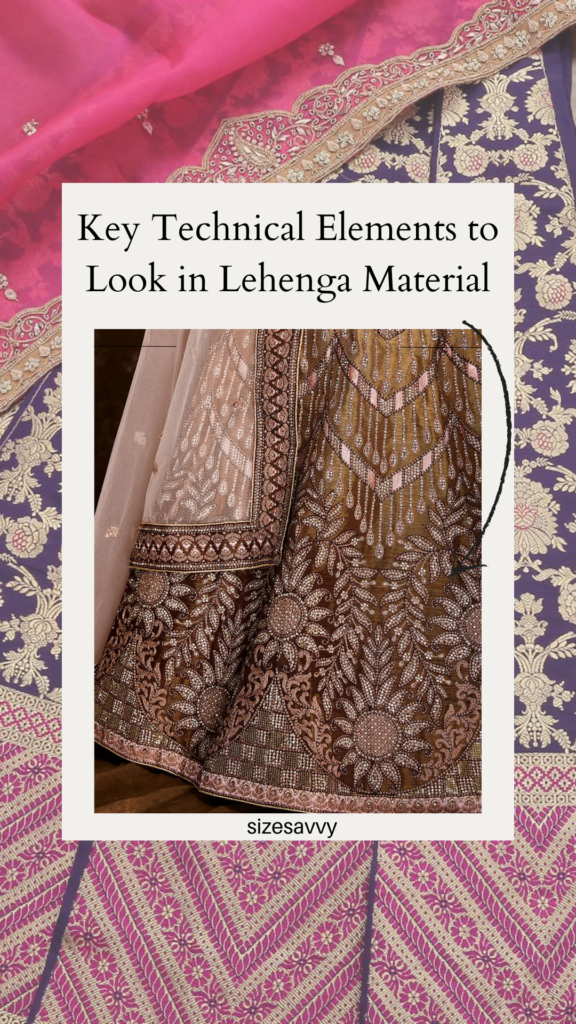
While lehenga fabrics are primarily chosen for their aesthetic appeal, there are some technical aspects to consider that impact the overall look, feel, and functionality of the garment.
Material Weight:
- Lighter fabrics: Chiffon, georgette, net, crepe – ideal for warmer weather, easy to drape, flowy and comfortable to wear, may require careful handling due to delicate nature.
- Heavier fabrics: Silk, velvet, brocade – suitable for cooler weather, provide a more structured and opulent look, and can be heavier and warmer to wear.
Material Drape:
- Flowy drape: Chiffon, georgette, net – create a soft and cascading silhouette, ideal for twirling and movement.
- Structured drape: Silk, brocade, and organza – hold their shape well, and create a more defined and formal look.
Material Transparency:
- Sheer fabrics: Net, organza – allow other layers to show through, often used for layering or creating visual interest.
- Opaque fabrics: Silk, velvet, brocade – do not allow light to pass through, provide full coverage. Ex: Branded Petticoat.
Material Stiffness:
- Stiff fabrics: Organza – hold their shape well, create a structured silhouette, and might require careful handling to avoid creasing.
- Drapey fabrics: Chiffon, georgette, crepe – fall and flow easily, providing a softer and more fluid look.
Material Breathability:
- Breathable fabrics: Cotton, linen – allow air to circulate, comfortable to wear in warmer weather.
- Less breathable fabrics: Velvet, some synthetic fabrics – can feel warmer to wear due to limited airflow.
Material Durability:
- Delicate fabrics: Chiffon, net – require careful handling due to their delicate nature, prone to snags and tears.
- Durable fabrics: Silk, brocade – generally more durable and can withstand wear and tear better.
Material Ease of care:
- Easy care fabrics: Synthetic fabrics – often wrinkle-resistant and machine washable.
- Delicate care fabrics: Silk, and velvet – require special care, such as dry cleaning, to maintain their quality.
Finding the Perfect Lehenga Match
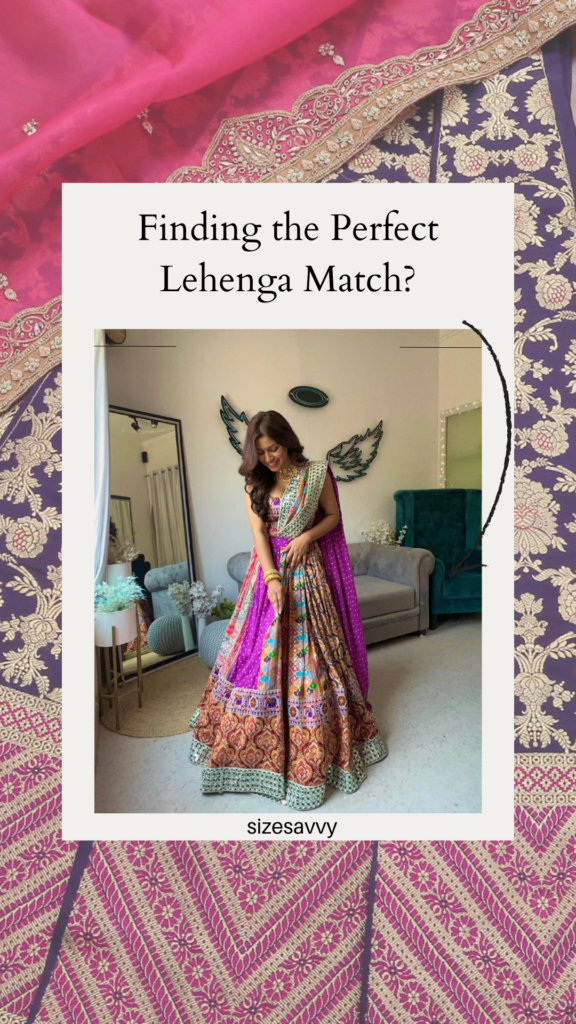
Choosing the right fabric for your lehenga is a personal journey that requires careful consideration of your style, comfort, and occasion. By understanding the unique properties of different materials, exploring contemporary trends, and embracing your personal preferences, you can craft a lehenga that is not just stunning but tells your own unique story.
FAQs on Lehenga Materials
What is the best material for lehenga?
“The best material for lehenga often Popular choices include silk, georgette, velvet, and brocade, each offering a unique look and feel.”
What is the material of traditional lehenga?
“Traditional lehengas are often crafted from luxurious fabrics like silk, velvet, or brocade. These materials showcase intricate embroidery and embellishments, contributing to the grandeur of traditional designs.”
What are the different types of cancan for lehenga?
“Cancan, a netted fabric used to add volume to lehengas, comes in various types. Soft net cancan and hard net cancan are commonly used. The choice depends on the desired level of flounce and stiffness.”
Which material to use for lehenga?
“The material for a lehenga depends on factors such as the occasion, climate, and personal style. Light fabrics like georgette and chiffon work well for a flowy look, while silk and velvet are suitable for more opulent occasions.”
How many meters of cloth is required for the lehenga?
“The amount of fabric needed for a lehenga varies based on the design, style, and individual measurements. On average, it can range from 4 to 8 meters, with additional fabric required for the blouse and dupatta.”
Which fabric is sustainable for lehenga?
“Sustainable fabrics like organic cotton, Tencel, or recycled materials are good choices for eco-friendly lehengas. Designers are increasingly using sustainable practices in creating fashionable and ethical bridal wear.”
Which fabric looks slim in lehenga?
“Fabrics that have a flowy and lightweight nature, such as georgette or crepe, can create a slimming effect. Darker colors and vertical embellishments also contribute to a slender appearance.”

